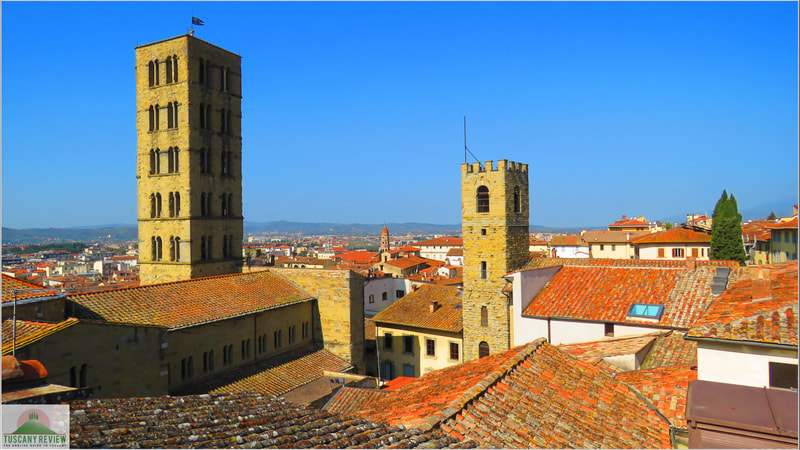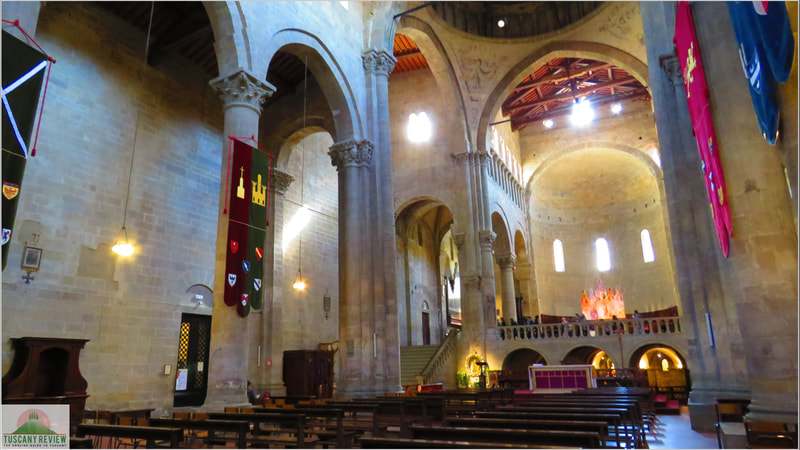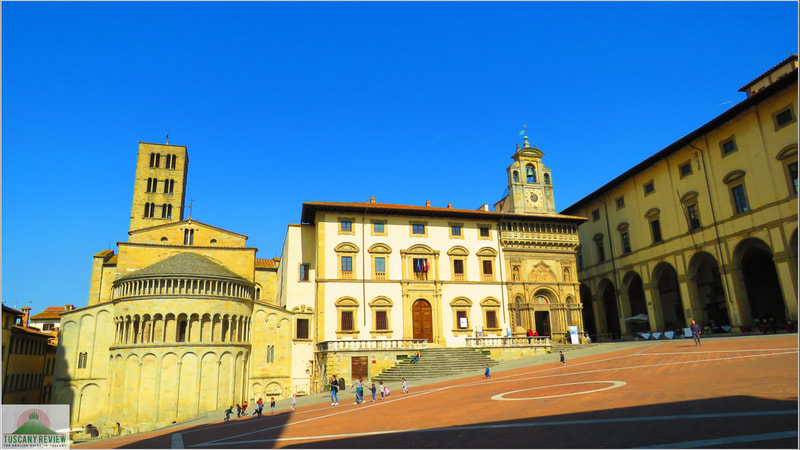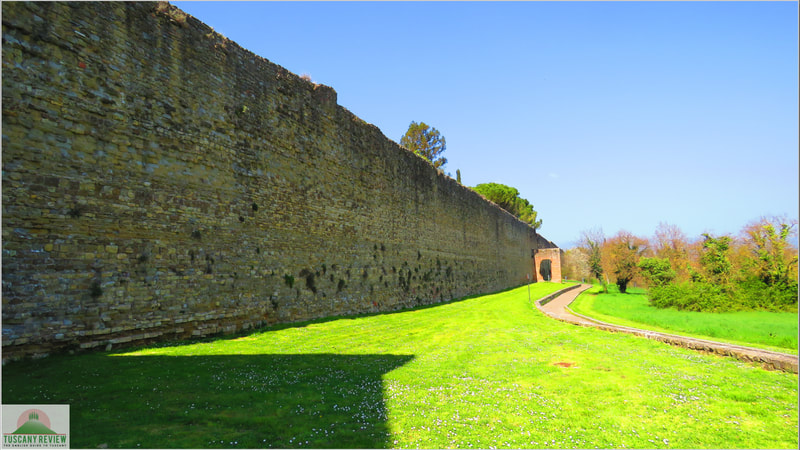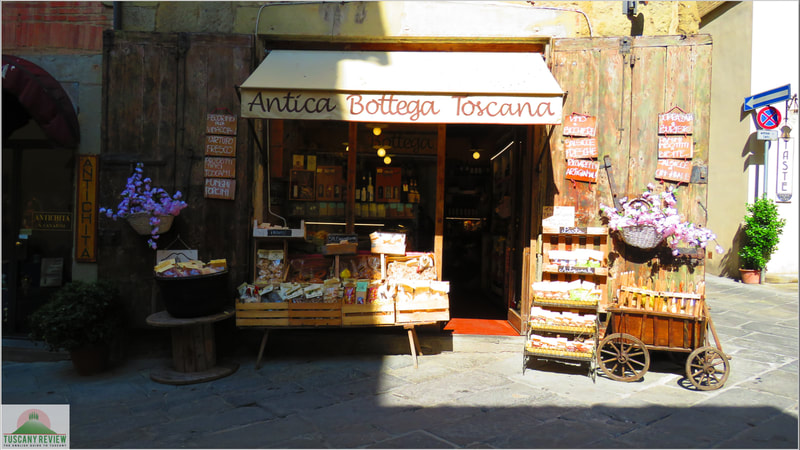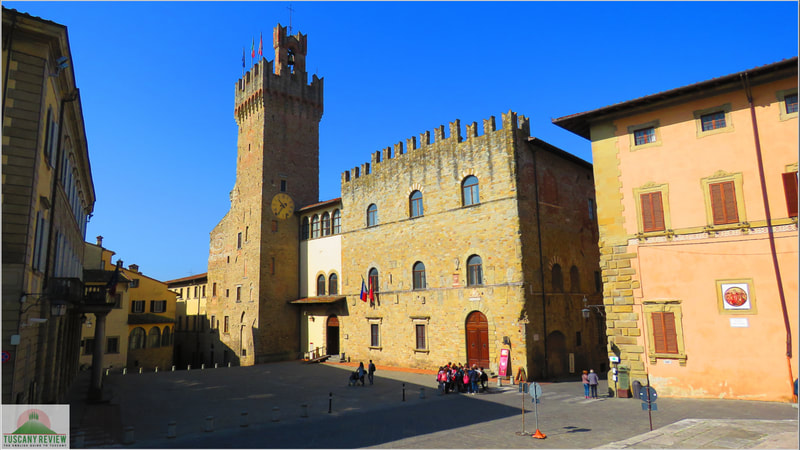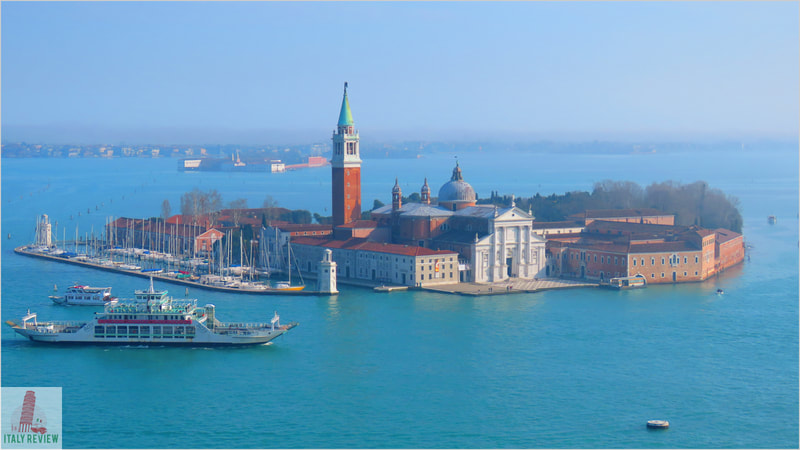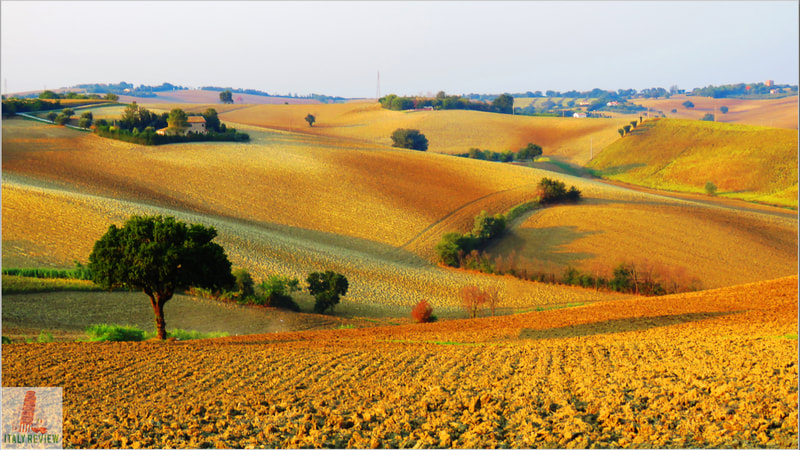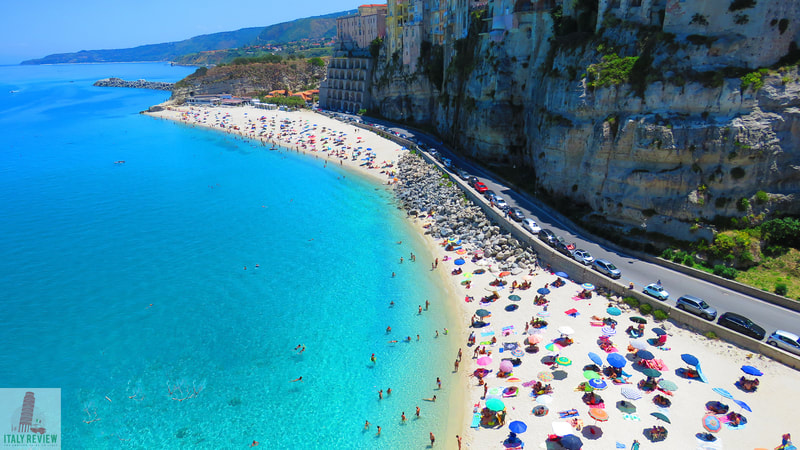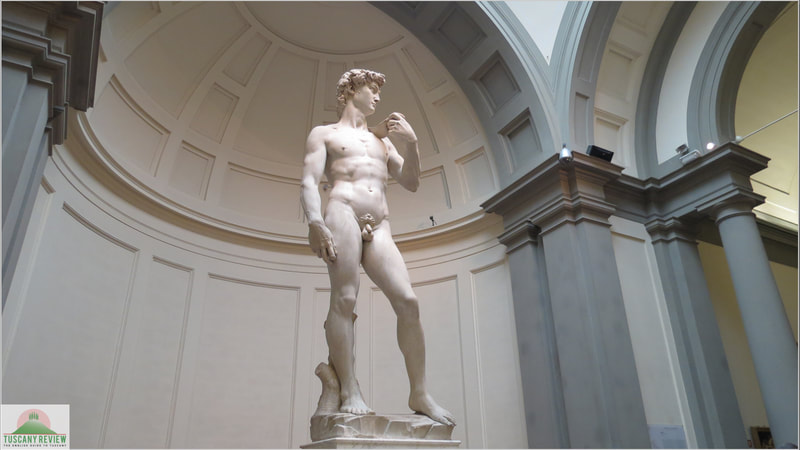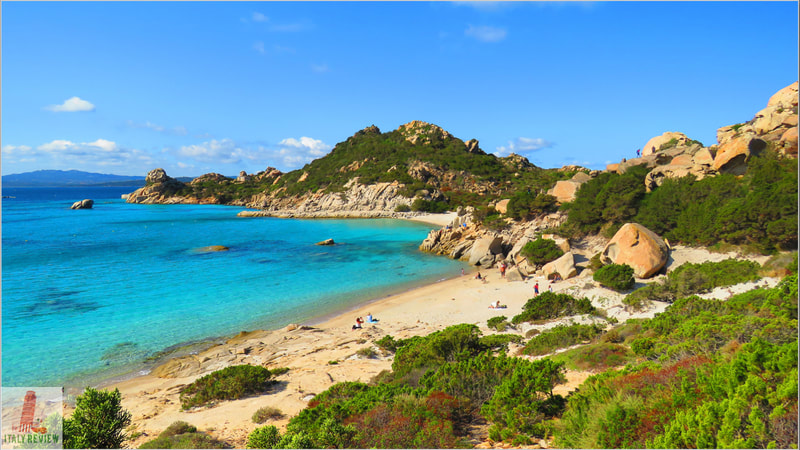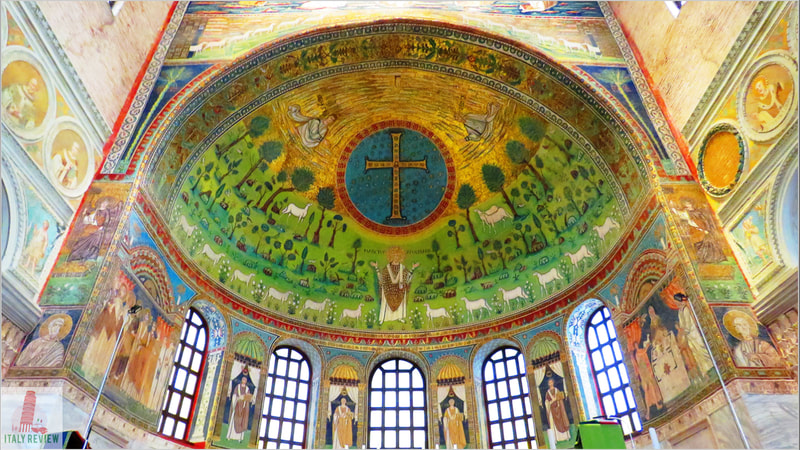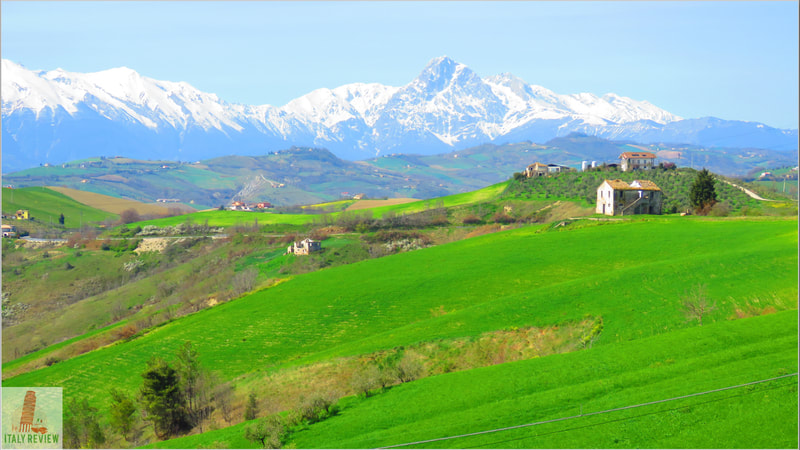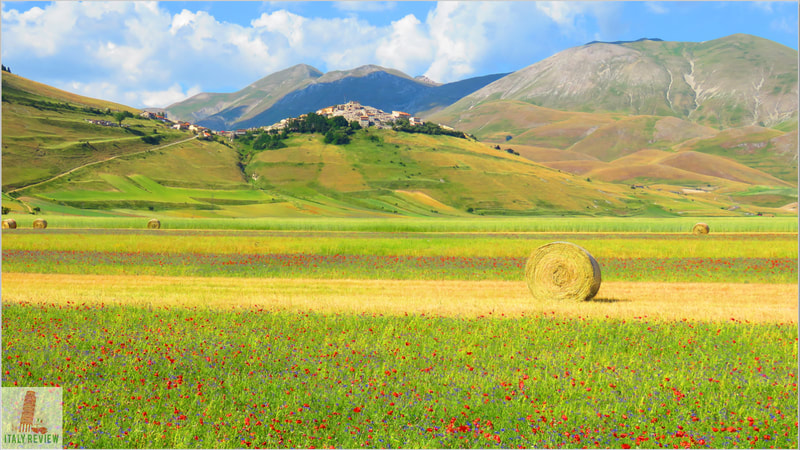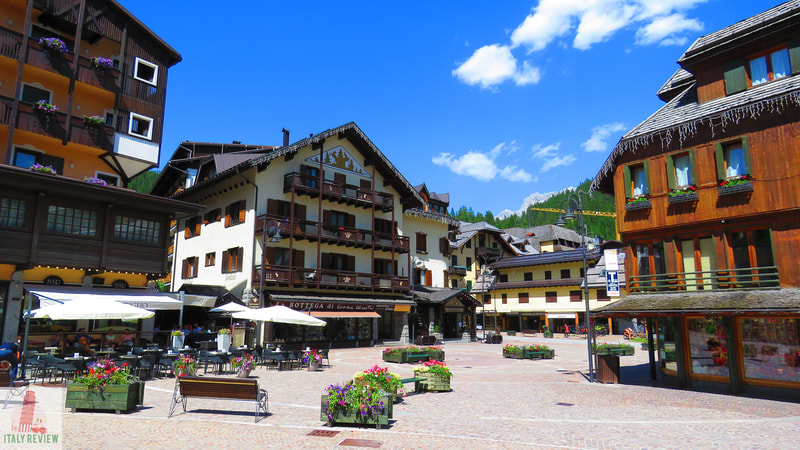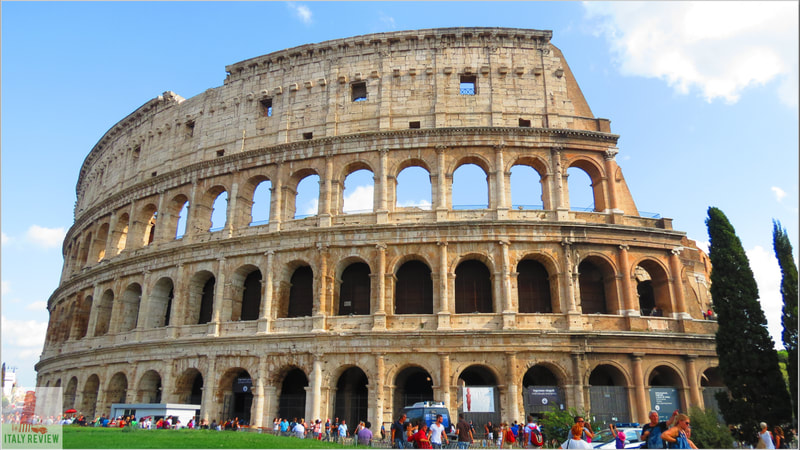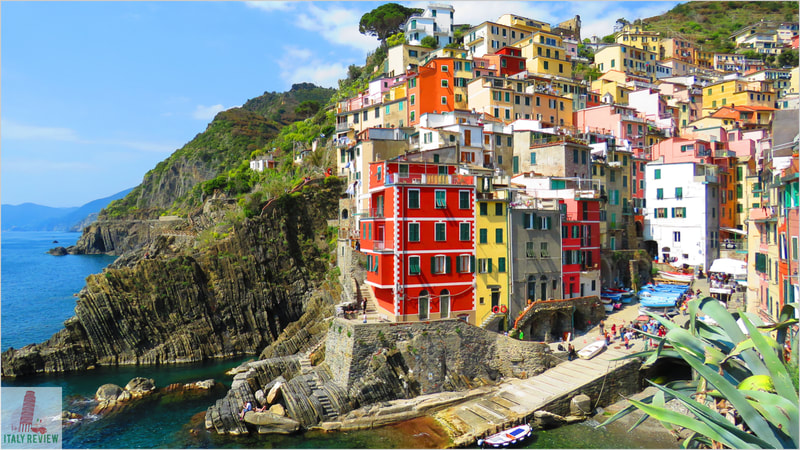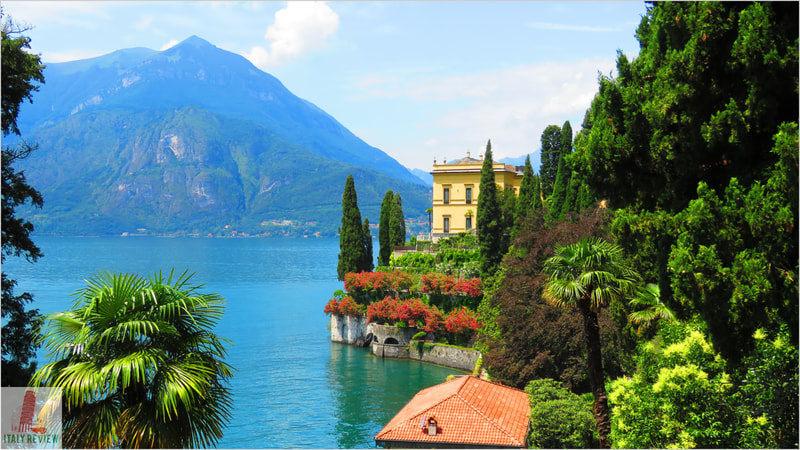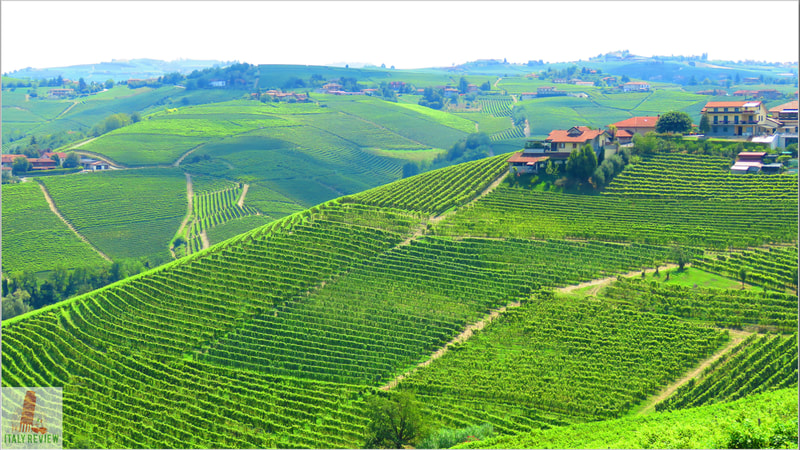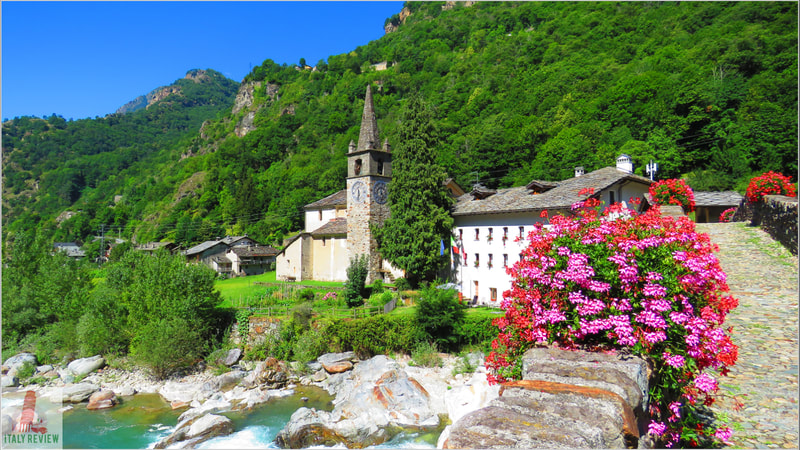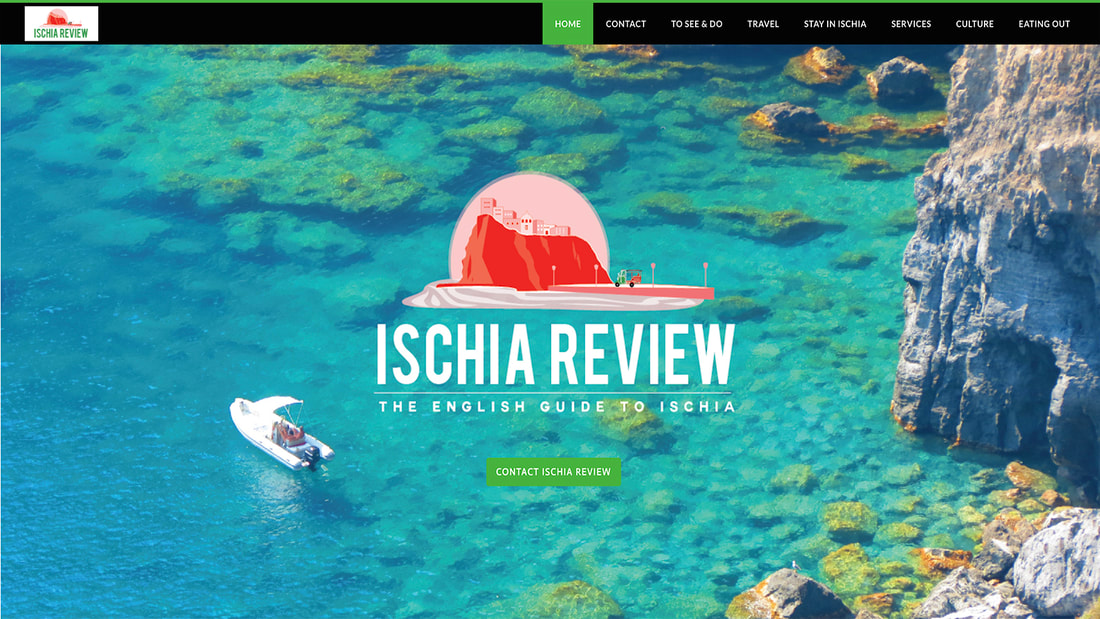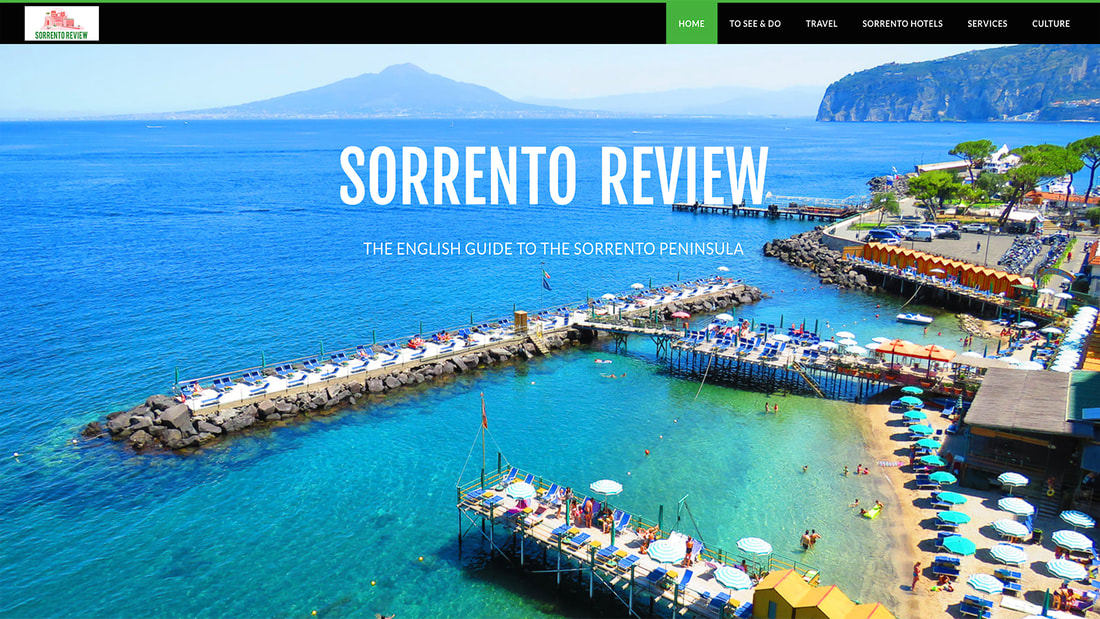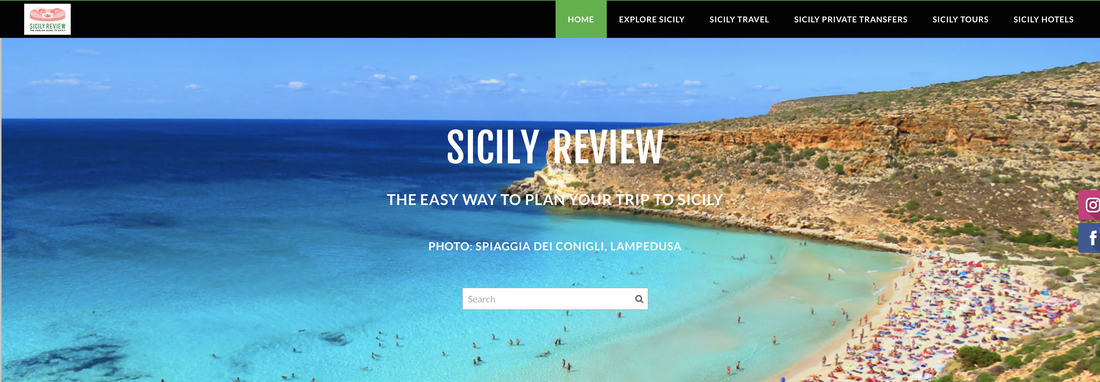Arezzo
|
By Dion Protani
|
Latest update: 30 December 2023
|
|
The city of Arezzo is the capital city of the Province of Arezzo with a population of 99,179 inhabitants.
Standing at an elevation of 296 metres above sea level, it covers a total area of 386 km² and lies 70 kilometres south east of Florence, the regional capital of Tuscany. Home to an important antiques fair, the unique, sloping Piazza Grande immediately awakens the senses in Arezzo but the most lasting impression is provided by the Basilica di San Francesco. |
Related links
Life Is Beautiful: exploring Arezzo from Piazza Grande
Arezzo takes centre stage in Roberto Benigni's 1997 film "Life is Beautiful" (La Vita è Bella); among the most famous scenes is one where the whole family of father, mother and son ride a bike through the city, passing through the unmistakable Piazza Grande. This is a sensible spot to start a tour of the city from, with most of the major sights just a short walk away.
From the steeply sloping Piazza Grande you can see the rear of the Chiesa di Santa Maria della Pieve, one of the most important churches in Arezzo. Then from the piazza you can trundle down the slope and eventually come to the main entrance of the 12th century church on the right, at the intersection of Corso Italia. After visiting the church, turn left out of the main entrance, back on to Corso Italia which is the main shopping street in the city, lined on either side by jewellery and antique shops among others. At the crossroads with Via Cavour, turn right and you'll be on your way to the city's greatest treasure.
Arezzo takes centre stage in Roberto Benigni's 1997 film "Life is Beautiful" (La Vita è Bella); among the most famous scenes is one where the whole family of father, mother and son ride a bike through the city, passing through the unmistakable Piazza Grande. This is a sensible spot to start a tour of the city from, with most of the major sights just a short walk away.
From the steeply sloping Piazza Grande you can see the rear of the Chiesa di Santa Maria della Pieve, one of the most important churches in Arezzo. Then from the piazza you can trundle down the slope and eventually come to the main entrance of the 12th century church on the right, at the intersection of Corso Italia. After visiting the church, turn left out of the main entrance, back on to Corso Italia which is the main shopping street in the city, lined on either side by jewellery and antique shops among others. At the crossroads with Via Cavour, turn right and you'll be on your way to the city's greatest treasure.
Arezzo's star turn: the Basilica di San Francesco and its fresco cycle
The Basilica di San Francesco was built in the 13th century but is most famous for its fresco cycle: The Legend of the True Cross, painted in the mid 15th century by Piero della Francesca, one of the most important frescoes of its kind in the whole country.
When planning a visit to the Basilica, be aware that only 25 people are allowed in every half an hour; to avoid queues it's best to book a time in advance, either by phone, or in person, returning at your allotted time. Any required waiting time for the Basilica di San Francesco can be partially filled by a visit to the Badia della Sante Flora e Lucilla, another beautiful church which is a little further down the same street, Via Cavour.
The Basilica di San Francesco was built in the 13th century but is most famous for its fresco cycle: The Legend of the True Cross, painted in the mid 15th century by Piero della Francesca, one of the most important frescoes of its kind in the whole country.
When planning a visit to the Basilica, be aware that only 25 people are allowed in every half an hour; to avoid queues it's best to book a time in advance, either by phone, or in person, returning at your allotted time. Any required waiting time for the Basilica di San Francesco can be partially filled by a visit to the Badia della Sante Flora e Lucilla, another beautiful church which is a little further down the same street, Via Cavour.
Arezzo Cathedral
You may choose to go directly from the Basilica di San Francesco to another of Arezzo's major sights; the Cathedral. With the entrance to the Basilica behind you, choose the road that slopes up the hill, just to the right, and this will lead you directly to Piazza del Duomo, home of the Cathedral.
Construction of the Cathedral started in the 13th century but it wasn't until the 15th century that it was fully finished. One of the highlights inside is another piece of work by Piero della Francesca, a fresco of Mary Magdalene.
You may choose to go directly from the Basilica di San Francesco to another of Arezzo's major sights; the Cathedral. With the entrance to the Basilica behind you, choose the road that slopes up the hill, just to the right, and this will lead you directly to Piazza del Duomo, home of the Cathedral.
Construction of the Cathedral started in the 13th century but it wasn't until the 15th century that it was fully finished. One of the highlights inside is another piece of work by Piero della Francesca, a fresco of Mary Magdalene.
Museum of Sacred Art
Just outside the Cathedral is the entrance to the Museum of Sacred Art, given the acronym MUDAS, while just a short walk from here is the house where the poet historian Petrarch (1304 - 1374) was born. A further reference to Petrarch comes in the form of a monument in the middle of the Passeggio del Prato, a beautiful park just opposite Petrarch's house and behind the Cathedral. Walking away from the park, you eventually reach the Fortezza Medicea, a Renaissance-era fortress built by the powerful Medici family.
Just outside the Cathedral is the entrance to the Museum of Sacred Art, given the acronym MUDAS, while just a short walk from here is the house where the poet historian Petrarch (1304 - 1374) was born. A further reference to Petrarch comes in the form of a monument in the middle of the Passeggio del Prato, a beautiful park just opposite Petrarch's house and behind the Cathedral. Walking away from the park, you eventually reach the Fortezza Medicea, a Renaissance-era fortress built by the powerful Medici family.
Close to Arezzo
There are lots of great towns to visit close to Arezzo; one of my personal favourites is the medieval hill town of Cortona while if you continue just a little further you'll reach Lake Trasimeno, just over the regional border into Umbria. Just to the east of Arezzo lies a quartet of interesting towns: Città di Castello in Umbria and the three Tuscan towns of Monterchi, Anghiari and Sansepolcro. There are also two interesting towns listed as Borghi Più Belli d'Italia (Italy's Most Beautiful Villages): Loro Ciuffenna and Poppi.
There are lots of great towns to visit close to Arezzo; one of my personal favourites is the medieval hill town of Cortona while if you continue just a little further you'll reach Lake Trasimeno, just over the regional border into Umbria. Just to the east of Arezzo lies a quartet of interesting towns: Città di Castello in Umbria and the three Tuscan towns of Monterchi, Anghiari and Sansepolcro. There are also two interesting towns listed as Borghi Più Belli d'Italia (Italy's Most Beautiful Villages): Loro Ciuffenna and Poppi.
Comune di Arezzo
|
Province: Arezzo
Region: Tuscany Population: 96,717 (source: ISTAT 1 January 2023) Total size: 385 km² Elevation: 296 metres Top sights: Basilica di San Francesco, Piazza Grande, Cathedral Recommended accommodation: Hotel Arezzo Sport College Close by: Cortona, Anghiari, Monterchi, Sansepolcro, Poppi |
Arezzo Travel
Arezzo's train station is situated to the south west of the city centre, a twelve minute walk (1 km) from Piazza Grande. Trains from Arezzo to Florence take 53 minutes heading north, with no need to change, while to reach Siena, west of Arezzo, it's best to take the 138 bus which takes an hour and 22 minutes.
The most convenient airport for Arezzo is Florence Airport which is an hour and 6 minutes away by car (94 km), while in the opposite direction, Perugia Airport in Umbria is a good alternative, an hour and 22 minutes by car (90 km).
The most convenient airport for Arezzo is Florence Airport which is an hour and 6 minutes away by car (94 km), while in the opposite direction, Perugia Airport in Umbria is a good alternative, an hour and 22 minutes by car (90 km).
|
Fly to: Florence Airport - 1 hour 4 minutes by car (94 km)
By train: Florence - 53 minutes (4 stops) |

